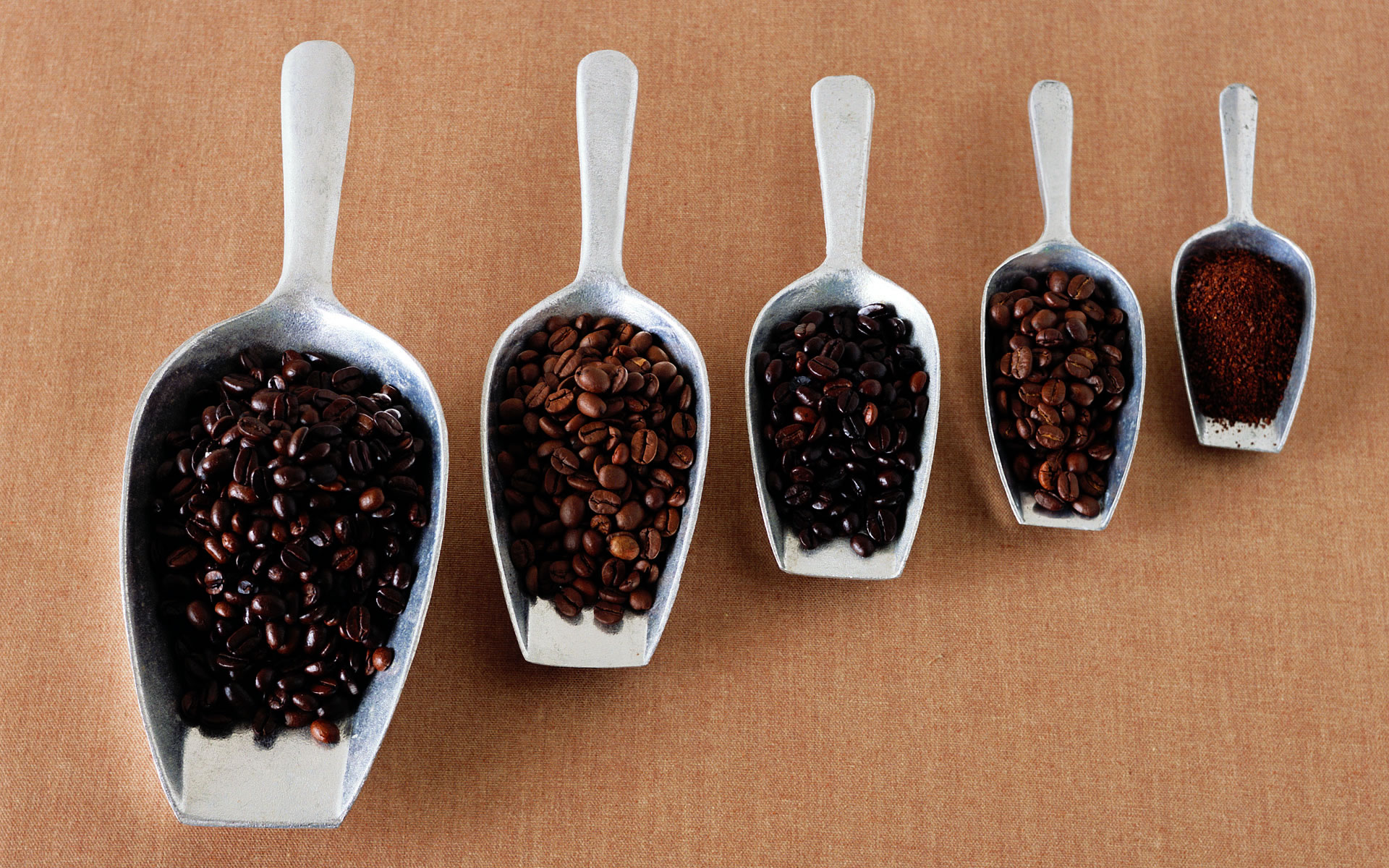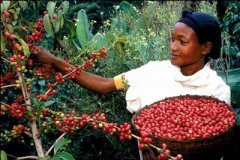Italian blend beans are roasted first and then mixed with "Viennese Coffee" drip filter coffee.
Bake first and then mix, or match first and then bake? A lot of people ask me, is it baking and then matching, or is it first matching and then baking? Which way is better? If you have a definite recipe, of course the easiest way is to put different coffee beans together and then bake them together. But if you are trying and comparing different ingredients and proportions, you certainly want to bake all kinds of coffee beans before trying. Otherwise, every time you change the composition and proportion of the mix, you need to bake it again. For "Vienna Coffee" (Melange) blending and small test blending, it is more suitable for independent roasting. For example, when a small amount of "Rob Coffee" needs to be added in a trial mix, the required "Rob Coffee" is the most suitable for independent roasting. Some coffee is denser or changes in volume before and after roasting, and these beans are roasted differently from "washed" Arabica coffee. Arabica Coffee processed by the "drying method" is baked at a higher temperature. But in most cases, all kinds of coffee beans can be roasted together. My advice is: in general, all coffee beans can be roasted together. You need to consider using independent baking only when the baking effect is not ideal. At this time, independent baking can usually achieve better results. Especially for drum roaster, a relatively moderate baking degree can be found in general. But some individual coffee beans are not easy to bake evenly. For example, Yemeni coffee, Ethiopian DP coffee beans, and so on. The uneven baking color is not a defect, only the "washed" Arabica coffee needs to be roasted evenly.
Blending of Melange Coffee: the most helpless blend of Viennese coffee is the blending of Viennese coffee (Viennese coffee). The beans in this blended coffee are roasted to different degrees, so each kind of coffee has to be roasted independently. Especially if you want both the carbon in deep baking and the sour taste in lightly roasted Kenyan or Central American coffee beans.

Important Notice :
前街咖啡 FrontStreet Coffee has moved to new addredd:
FrontStreet Coffee Address: 315,Donghua East Road,GuangZhou
Tel:020 38364473
- Prev

The blending method of Italian Coffee introduces the blending proportion and Formula of High-quality Coffee
On the other hand, this kind of baking is also related to the birthplace of Espresso. Espresso is a coffee extraction method that originated in Italy. At the end of the 19th century and the beginning of the 20th century, that is, when the Espresso extraction method was born, Italy was not a rich country in Europe. Due to its own economic strength, the quality of the popular coffee in Italy was not good, and most of the coffee it drank was of poor quality.
- Next

Ethiopian Coffee Sidamo Sidamo Guji Shakiso Shakisso Manor Day
The coffee flavor of Sidamo is very diverse, because of the different soil composition, regional microclimate and countless native coffee varieties, the coffee produced in each urban area has obvious differences and characteristics. Sidamo producing area (Sidama) is located in the south of Ethiopia. The industry here is mainly agricultural, and the coffee growing area is located around the Great Rift Valley (Great Rift Valley) of East Africa.
Related
- Guji coffee producing area of Guji, Ethiopia: Humbela, Shakiso, Wulaga
- What is the most expensive variety of Qiloso in BOP multi-variety group?
- How to store the coffee beans bought home?
- Why are Yemeni coffee beans so rare now?
- Ethiopian Sidamo all Red Fruit Sun Sun Santa Vini Coffee beans
- SOE is mostly sour? What does it mean? Is it a single bean? what's the difference between it and Italian blending?
- Is Italian coffee beans suitable for making hand-brewed coffee?
- How to choose coffee beans when making cold coffee? What kind of coffee beans are suitable for making cold coffee?
- Just entered the pit to make coffee, what kind of coffee beans should be chosen?
- Can only Japan buy real Blue Mountain Coffee? What are authentic Jamaican Blue Mountain coffee beans?

